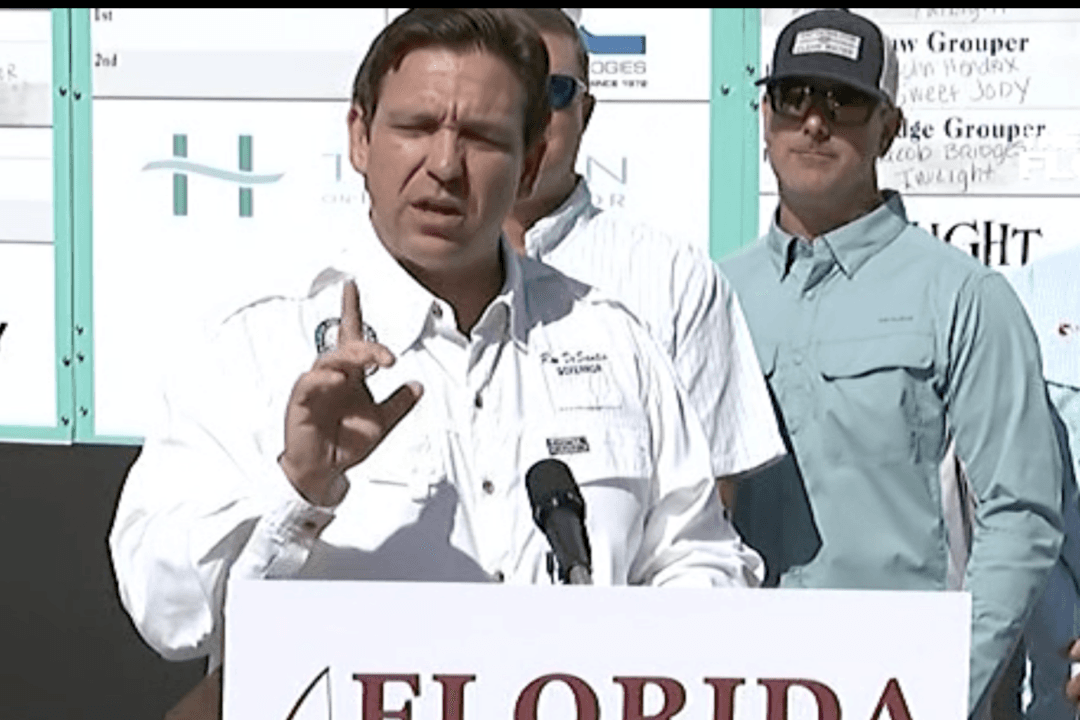PUNTA GORDA, Fla.–Gov. Ron DeSantis pledged $30 million toward the rescue, rehabilitation, and habitat restoration of Florida manatees.
The Republican governor made the announcement on May 2 at the Jacksonville Zoo and Gardens. The funding represents a $17 million increase over last year.




